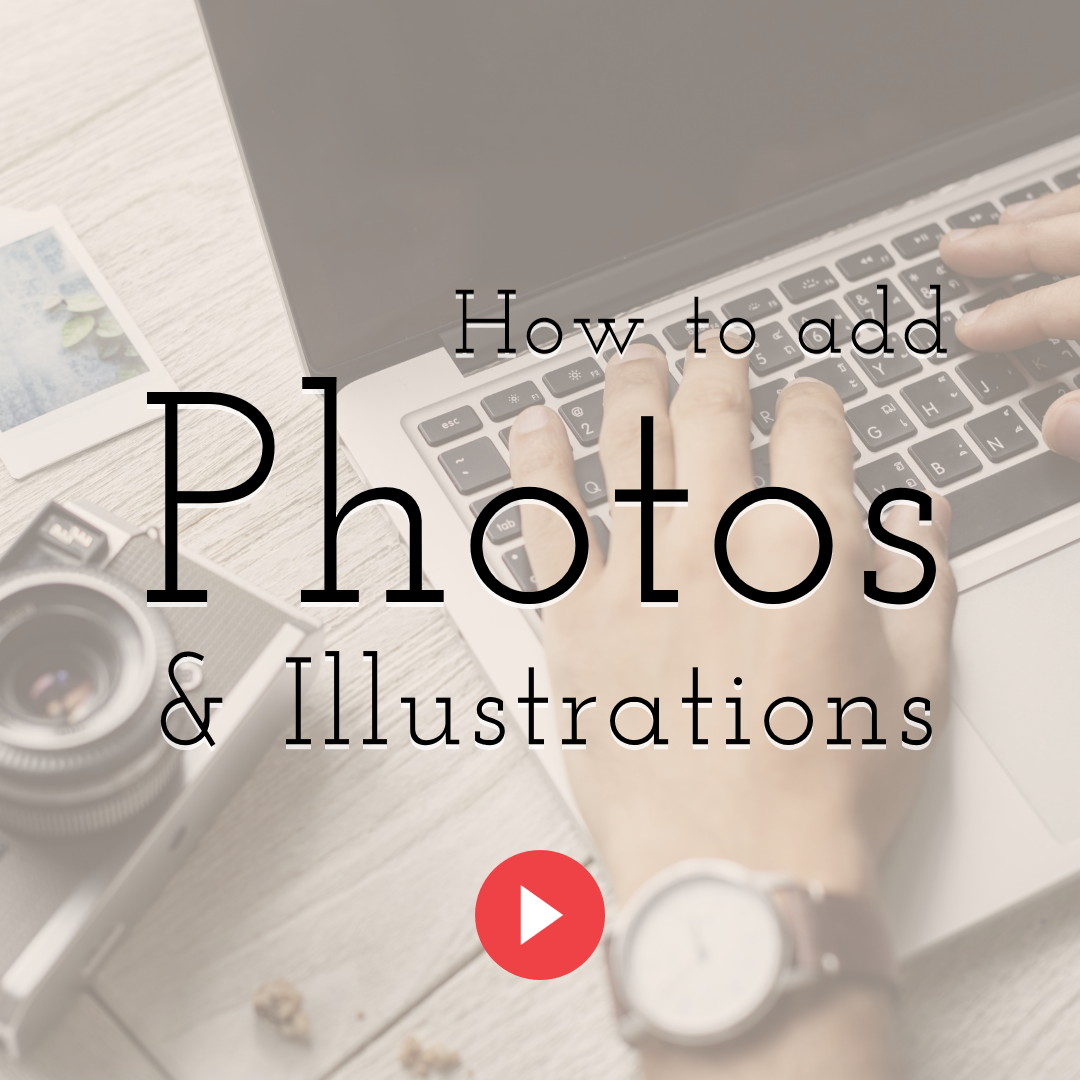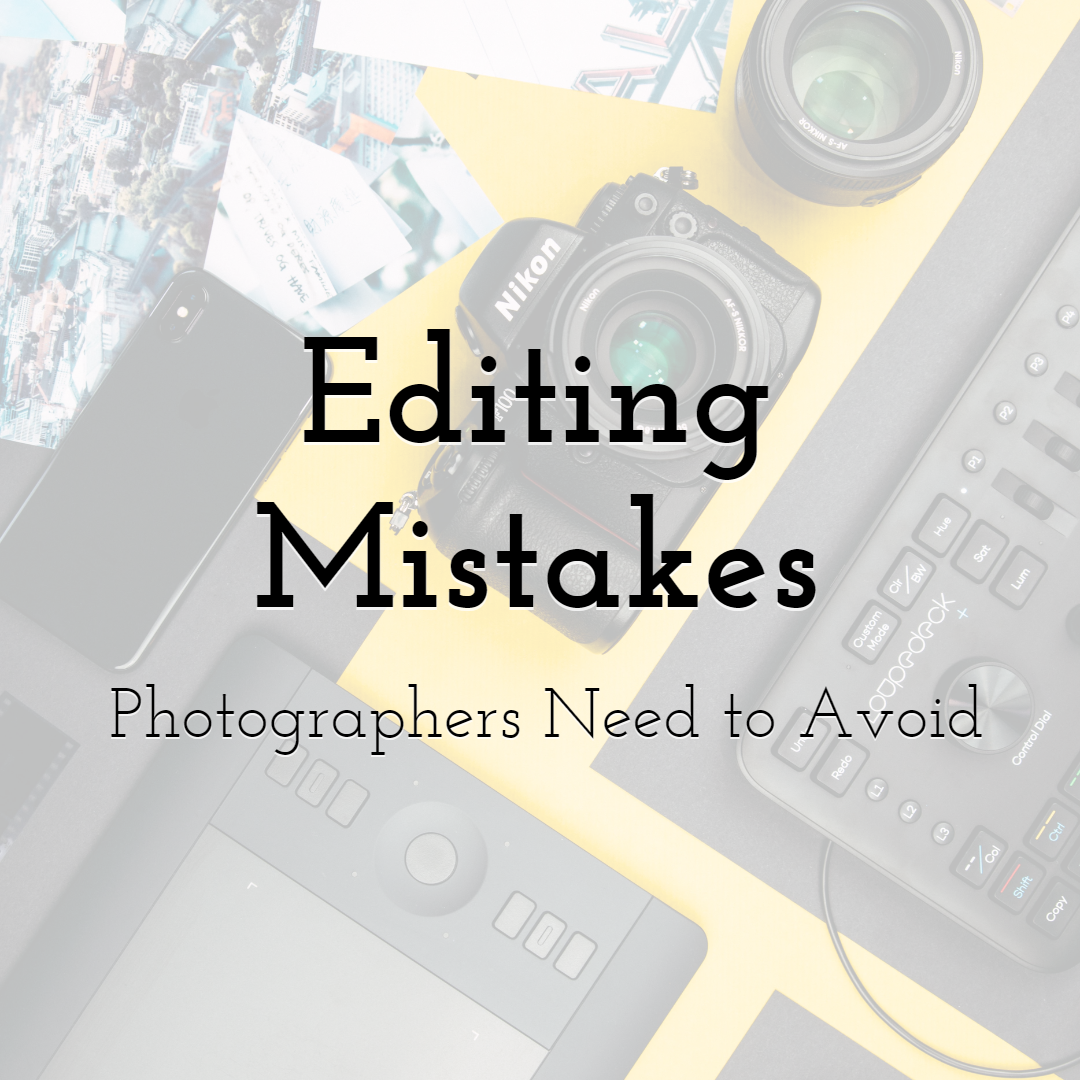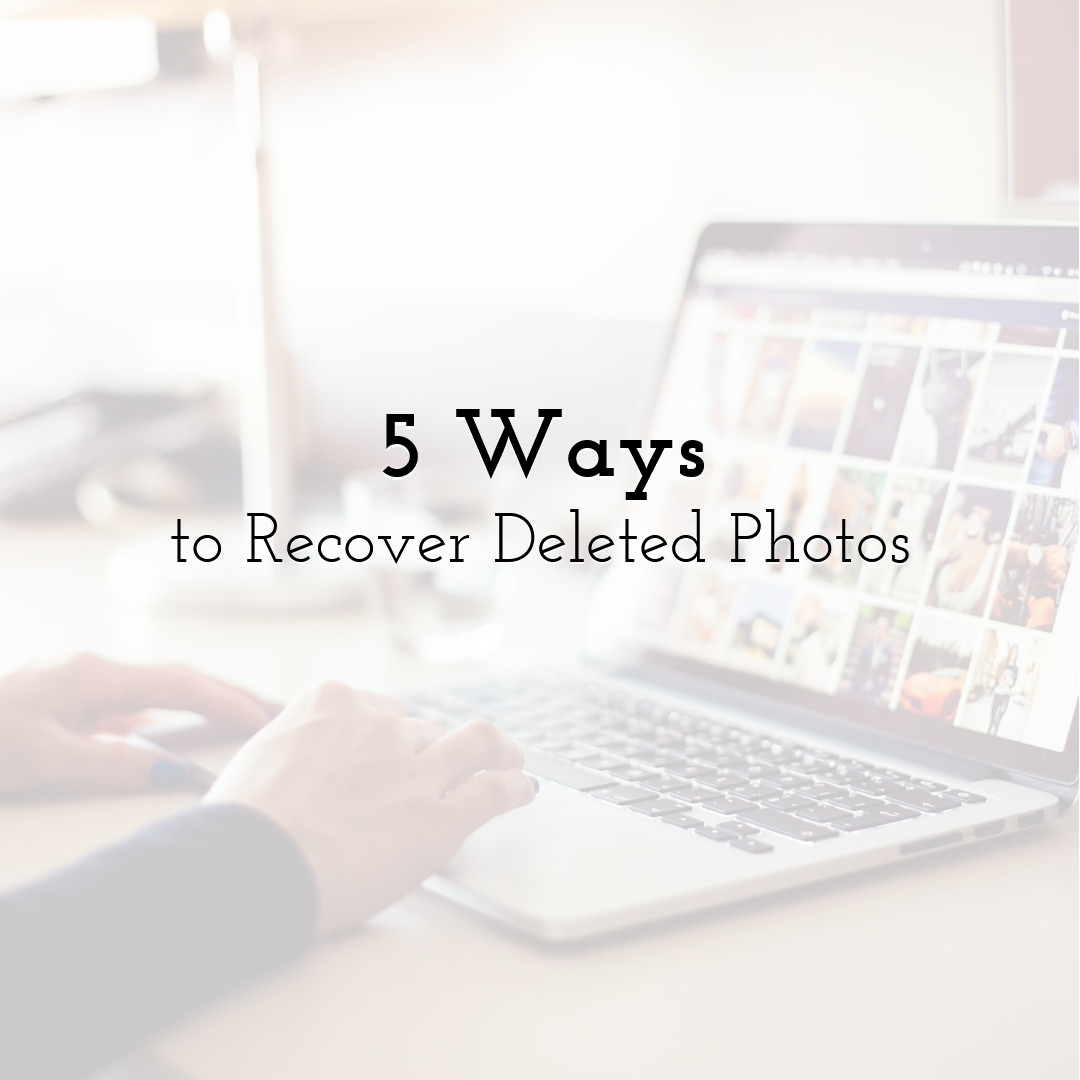Editing Mistakes Photographers Need to Avoid At All Costs
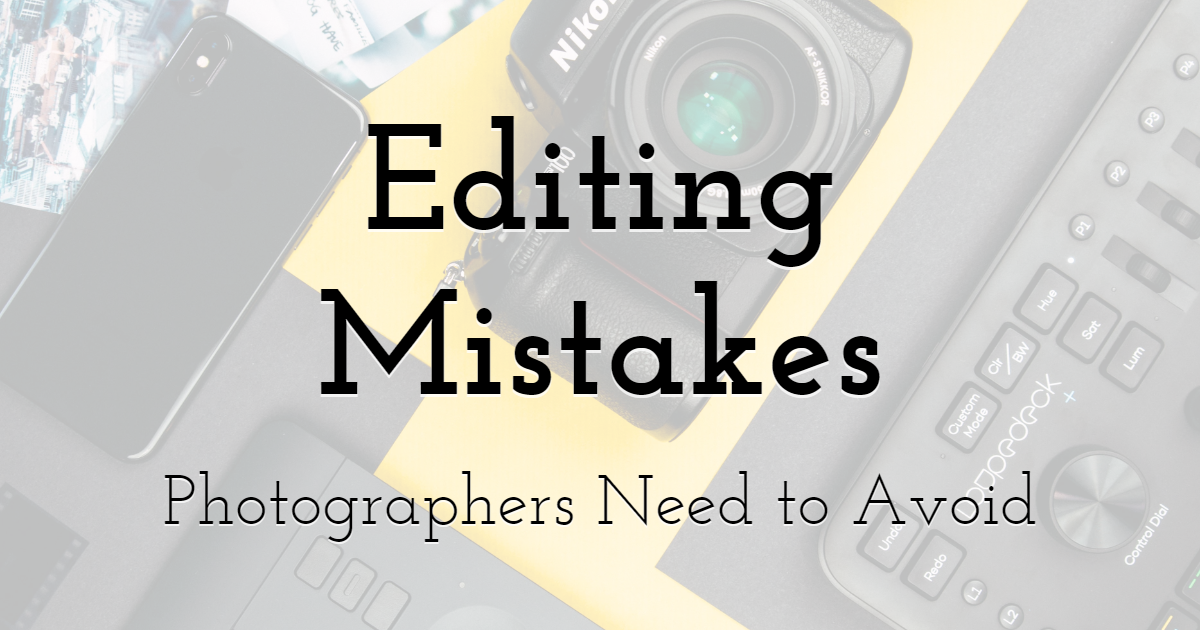
Easily customize your photos online with PixTeller photo editor tool for free.
I started with photography just like how most others do! I spent a whole lot of money buying professional-grade camera gear in the hope that every photograph I capture would win every heart and trophies out there! However, only once I started clicking photos from my expensive camera gear did I learn that the RAW images from cameras rarely turn out to be good.
This is where the holy grail of editing tools comes into the picture. Editing tools are the saving grace that can help in turning a pretty average-looking photograph into stunning captures. But, just like most amateur photographers, I too made quite a many editing mistakes while starting that made my edited photographs look too artificial.
Over the years, I've been able to correct many of the editing mistakes with the help of my photographer friends, personal experience, and online articles. In this article, I'll share a list of editing mistakes to avoid, which will help a lot improve your images post-editing.
So here are editing mistakes photographers must avoid at all cost.
Editing the Original Image
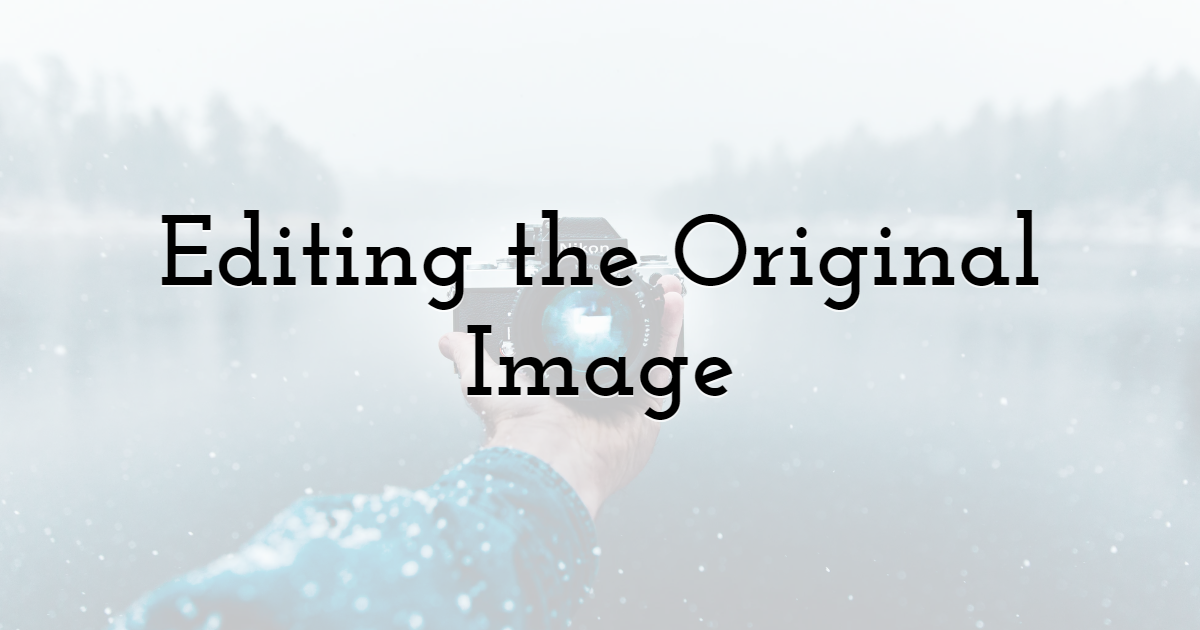
This is definitely the No. 1 mistake that most of us make! Never edit on the original image. Once you overwrite the image file with your edits, the original image is gone forever, making it impossible to start over or try some other editing styles in the future.
If you're capturing photographs and editing them as a passion, then having the original untouched file ensures that you have the opportunity to come at a later point in time when you've learned photo editing enough to create an even better result out of it.
Instead, if you're a professional photographer, then having the original image file ensures that you can make any edits that your client requests you to do in the future.
Wrongly Cropping the Images
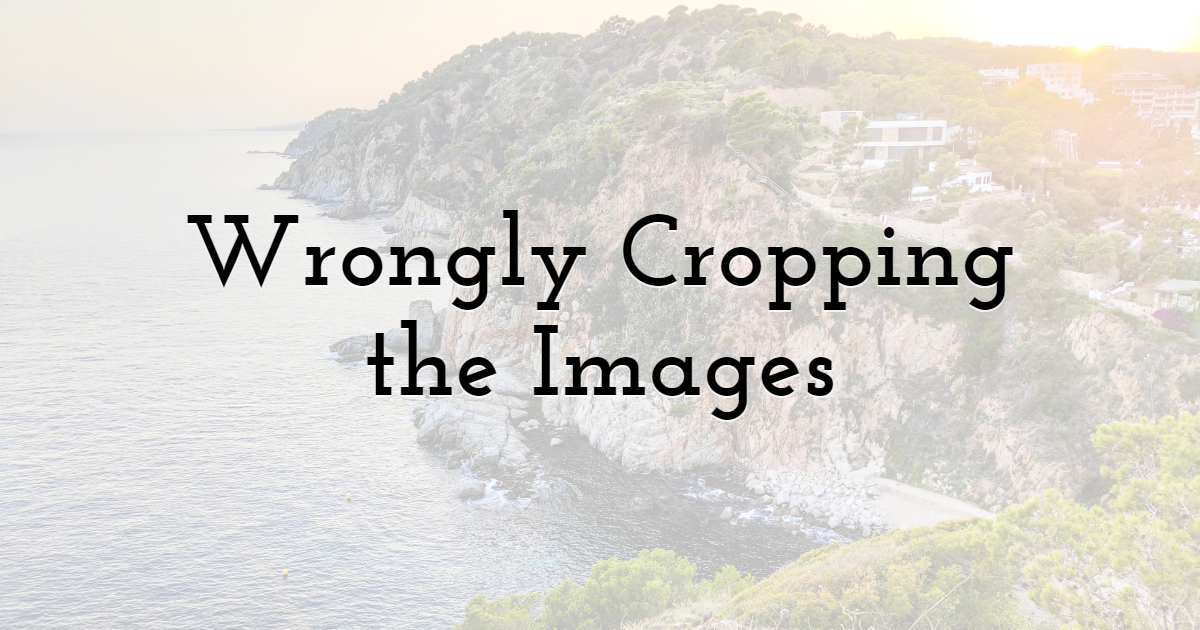
Image cropping is something that almost all of us do while editing a photograph. It is pretty challenging to get the perfect distance and framing of subjects in an image, and cropping is a great solution to post-processing this problem.
However, one mistake that most amateur editors tend to make is to crop images wrongly. It is a common tendency to crop images so that the actual subject(s) is highlighted with very little of anything else. This, in turn, makes the image feel claustrophobic and less attractive to the audience.
The best way to solve this problem is to use compositional rules, which are scientific ways to position the subject(s) in an image (depending on the type of shot) to make the result look appealing.
One such compositional rule is the "Rule of Thirds," in which the shot's frame is divided into nine equal rectangles. And the subjects are placed within the frames depending on the type of shot.
Over-Smoothening the Skin

You might have seen many modeling photographs out there, wherein the models in them have near-perfect smooth skin. Yes, we all would love to have perfect-looking skin in our photographs, especially when we're in them.
But, most people tend to overdo the smoothening and make the subject in the photograph look more like the lead character in a horror movie rather than an appealing subject in a photograph.
There is nothing wrong with fixing the imperfections in the face or body parts exposed in the photograph, but make sure that you do not overdo it.
Over-Blurring the Background for Portrait Shots
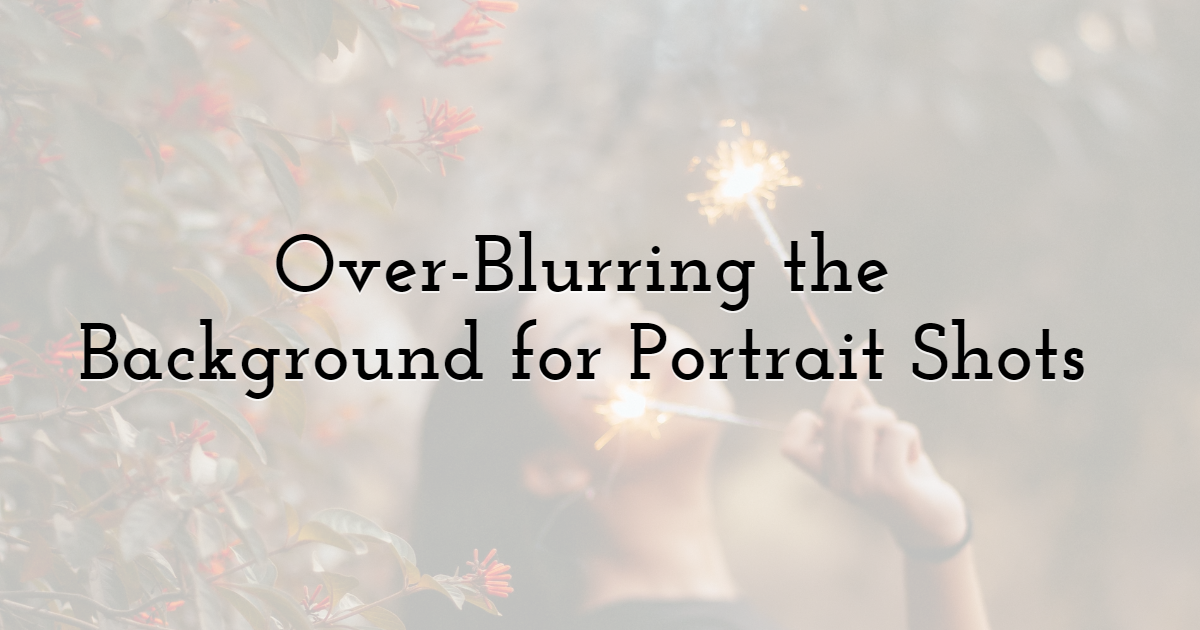
Blurring the background for portrait shots gives a more dramatic and appealing effect. Blur background can be achieved by playing around with the lens focus while capturing the image.
Alternatively, the same effect can also be applied while editing the photograph. However, one crucial point to note is not to make the background blur distracting.
The background blur achieved through lens focus is quite subtle and pleasing to the eye. But, when the same effect is done using editing tools, the effect can quite quickly become the worst part of the image.
So, while applying background blur in post-processing, make sure to reduce the intensity at first and slowly increase the intensity by checking how the result will be.
Don't Rely on One-Click Filters
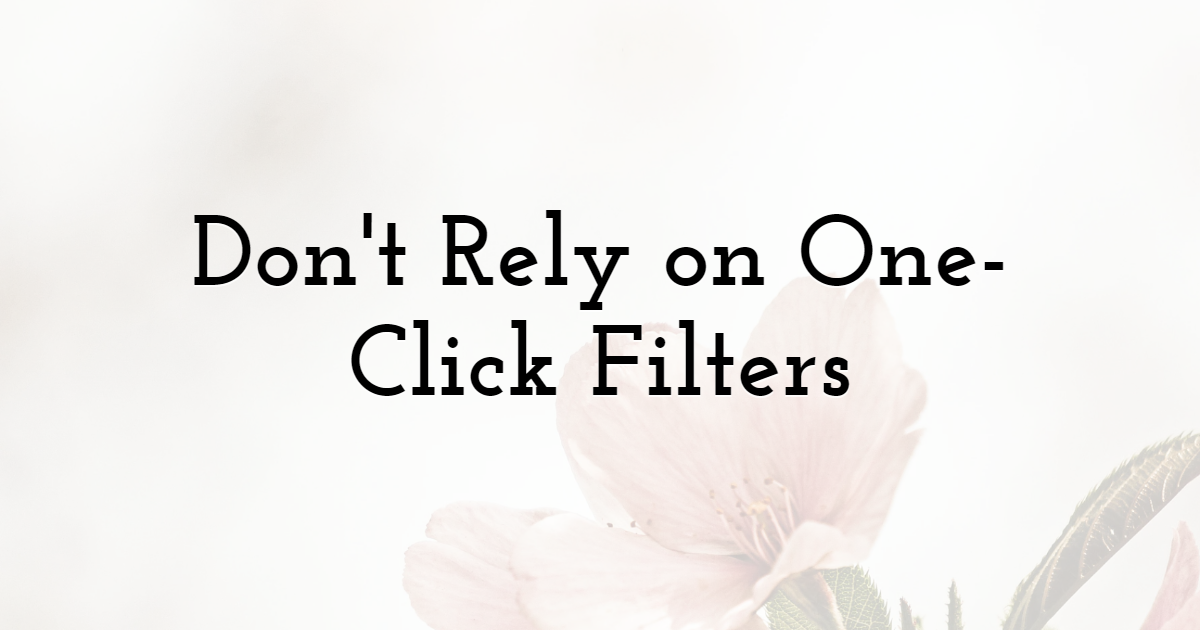
Most modern editing tools offer one-click filters, which help add preset edits to your images in just a single click. Even though one-click filters are a great choice to enhance the look of your photograph as a beginner, if you're looking to learn photo editing seriously, then the filters must not be your go-to choice.
Moreover, photo filters don't work on all kinds of photographs. Trying out the individual editing features of the software you're using will give you finer controls on the photo details and help you learn the features that work on the photo.
Final Thoughts
We have tried to mention 5 of the basic editing mistakes that most photographers make while editing their clicks. Avoiding these mistakes will definitely help in improving the results.
Another essential thing to remember is to calibrate your display to ensure that accurate colors are displayed on your monitor, making a massive difference in the final edits.
Until next time, Be creative! - Pix'sTory made by Arpita Arya
Co-founder of LinkOceans. She has been in the digital marketing industry for the past 5+ years and contributed her expertise to various brands over the web. She has gained great experience and skill set in content marketing and improving the website's traffic through cross-promotion.

